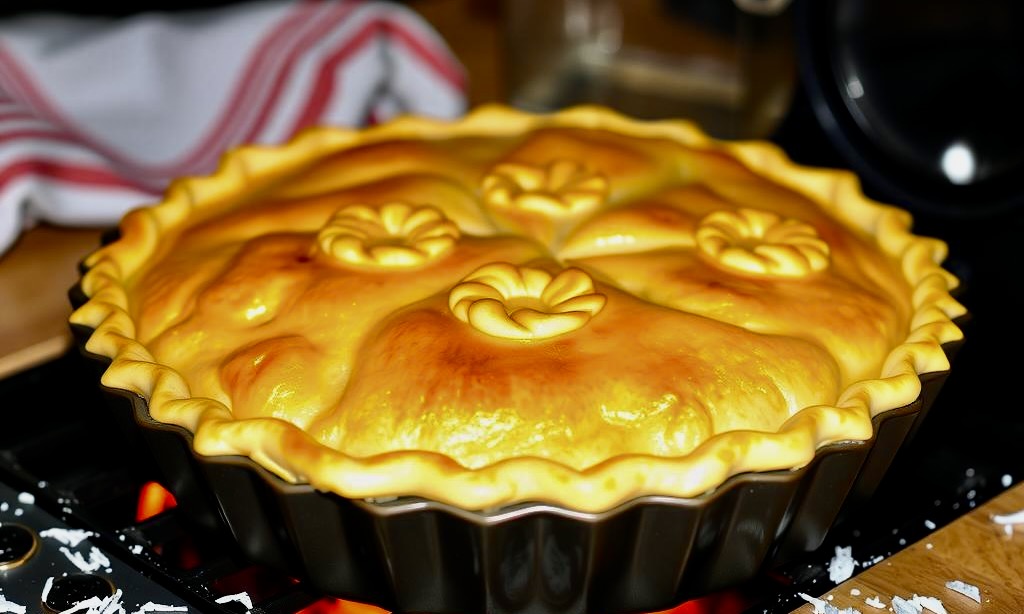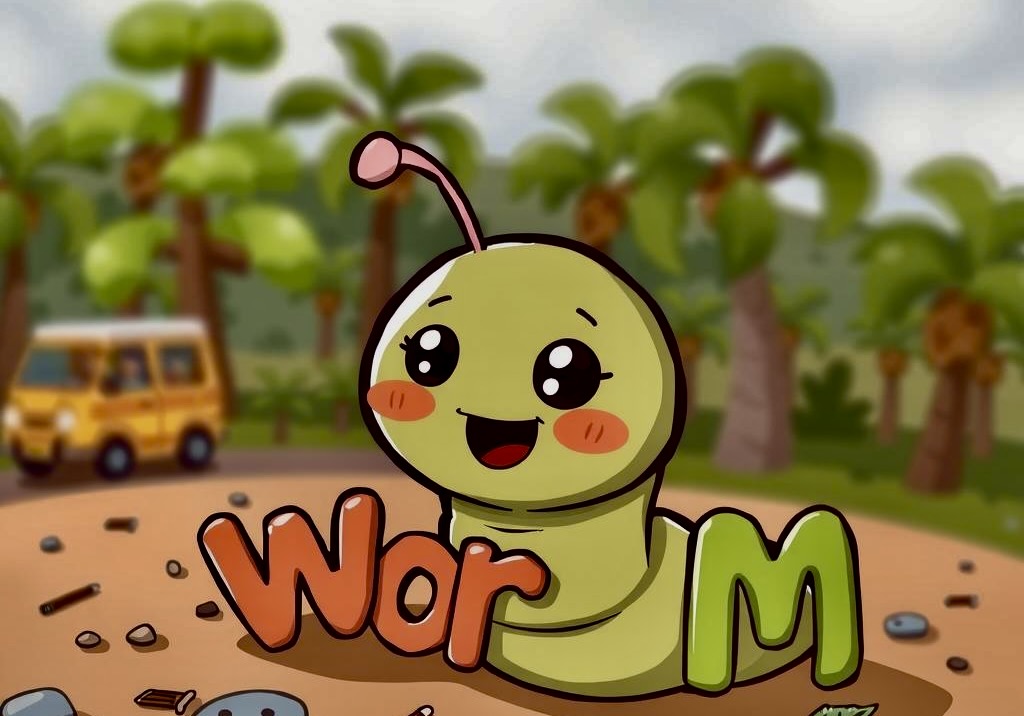
🌠 The Force That Holds Everything Together
Discover Gravity Through the Leonid Meteor Shower
✨ This Month in Space: The Leonid Meteor Shower
Every November, Earth passes through a trail of cosmic dust left behind by Comet Tempel-Tuttle. When these tiny pieces enter our atmosphere, gravity pulls them down at incredible speeds—creating the spectacular Leonid Meteor Shower! But what exactly IS gravity, and why does it make everything fall?
🍎 What is Gravity?
Gravity is like an invisible hug that Earth gives everything! It’s the reason why:
- 🏀 When you throw a ball up, it always comes back down
- 🦘 When you jump, you land back on the ground
- 🍂 Leaves fall from trees
- 💧 Rain falls from clouds
- ⚽ Your toys stay on the floor instead of floating away!
☄️ Gravity and the Leonid Meteors
The Leonid Meteor Shower happens when tiny space rocks called meteoroids get pulled down by Earth’s gravity! As they fall through the sky, they get so hot they glow—that’s what we call a “shooting star”!
Even though they look like stars, they’re really just small pieces of dust and rock (some as tiny as a grain of sand!) being pulled down by gravity.
The force that pulls things down to Earth
A space rock that glows as it falls through the sky (shooting star!)
A small rock floating in space
🌍 Understanding Gravity
Gravity is a pulling force that exists between all objects. The bigger an object is, the stronger its gravity!
- Earth’s gravity is strong because Earth is very big—it pulls everything toward its center
- The Moon’s gravity is weaker because the Moon is smaller than Earth
- The Sun’s gravity is the strongest in our solar system—it’s what keeps all the planets orbiting around it!
- Even YOU have gravity, but it’s so weak you can’t feel it
☄️ The Leonid Meteor Shower & Gravity
Every year around mid-November, Earth passes through a cloud of debris left behind by Comet Tempel-Tuttle. This comet orbits the Sun, leaving a trail of dust and small rocks behind it—like a dirt path behind a bicycle!
When Earth’s orbit crosses this debris trail, Earth’s gravity pulls the particles into our atmosphere at speeds up to 44 miles per second! That’s so fast that friction with air molecules heats them up until they glow—creating the streaks of light we call meteors or “shooting stars.”
A pulling force between objects—stronger with bigger objects
The layer of air surrounding Earth
A small rocky or metallic object in space
A meteoroid that enters Earth’s atmosphere and burns up
A ball of ice and dust that orbits the Sun
The curved path an object takes around another object in space
🌌 The Science of Gravity
Gravity is a fundamental force of nature that causes all objects with mass to attract each other. Sir Isaac Newton discovered that every object in the universe pulls on every other object—the amount of pull depends on two things:
- Mass: The amount of matter in an object (more mass = stronger gravitational pull)
- Distance: How far apart the objects are (closer = stronger pull)
This is why Earth’s gravity affects us so strongly—Earth has enormous mass (about 6,000,000,000,000,000,000,000,000 kilograms!) and we’re standing right on its surface. The Sun has even more mass, which is why its gravitational field keeps Earth and all the other planets in orbit.
☄️ The Leonid Meteor Shower: A Case Study in Gravity
The Source
The Leonid meteor shower originates from Comet 55P/Tempel-Tuttle, which orbits the Sun every 33 years. As the comet travels, solar radiation causes ice to vaporize, releasing trapped dust and rocky particles—creating a debris stream along its orbital path.
Earth’s Intersection
Each November, Earth’s orbit intersects this debris field. When meteoroids encounter Earth’s gravitational field, they’re pulled toward our planet. As they enter the upper atmosphere (about 100 km altitude), several forces act upon them:
- Gravitational acceleration: Increases their velocity toward Earth
- Atmospheric friction: Creates intense heat through compression and collision with air molecules
- Ionization: Temperatures reach 1,650°C, causing the meteoroid and surrounding air to glow
Velocity and Energy
Leonid meteoroids enter Earth’s atmosphere at approximately 71 kilometers per second (about 160,000 mph)—making them among the fastest meteors we observe! This extreme velocity is due to:
- The meteoroid’s original orbital velocity around the Sun
- Earth’s orbital velocity (30 km/s)
- Gravitational acceleration as they fall toward Earth
- The head-on collision angle between Earth’s orbit and the debris stream
Universal attractive force between all objects with mass; strength depends on mass and distance
The rate at which velocity changes; gravity causes downward acceleration
Small rocky or metallic debris in space, often remnants from comets or asteroids
The visible streak of light when a meteoroid burns up in Earth’s atmosphere
Process where extreme heat strips electrons from atoms, creating glowing plasma
The physics of how objects move in space under gravitational influence
🎮 Interactive Gravity Simulator
Click anywhere in space to create meteoroids, then watch gravity pull them toward the Sun!
💡 Tip: The closer a meteoroid gets to the Sun, the faster gravity pulls it!
Gravity Drop Experiment
Test how gravity pulls different objects at the same rate!
What you need:
- Two objects of different weights (like a rock and a feather, or a book and a pencil)
- A safe place to drop them (like over grass or carpet)
- A friend or family member to help observe
What to do:
- Step 1: Hold both objects at the same height
- Step 2: Predict: Which one will hit the ground first?
- Step 3: Drop them at exactly the same time
- Step 4: Observe what happens!
🌙 See It In Action: Apollo 15 Moon Experiment
In 1971, Apollo 15 Commander Dave Scott demonstrated that all objects fall at the same rate in a vacuum—by dropping a hammer and a feather on the Moon!
Video Credit:
Apollo 15 Commander Dave Scott demonstrates that the mass of an object does not affect the time it takes to fall, using a hammer and a feather on the Moon.
Date: August 1971
Source: NASA/NSSDC
This file is in the public domain because it was created by NASA. NASA material is not protected by copyright unless noted.
🔭 How to Watch the Leonid Meteor Shower
When: Peak viewing is usually November 17-18, but the Leonids are visible from November 6-30
Best Time: After midnight until dawn (when your part of Earth is facing into the meteor stream)
Where to Look: The meteors appear to radiate from the constellation Leo (the Lion), but you can see them anywhere in the sky!
- Find a dark location away from city lights
- Let your eyes adjust to the darkness for 20-30 minutes
- Lie on your back and look up—you don’t need a telescope!
- Dress warmly and bring blankets
- Be patient—you might see 10-15 meteors per hour during peak activity






